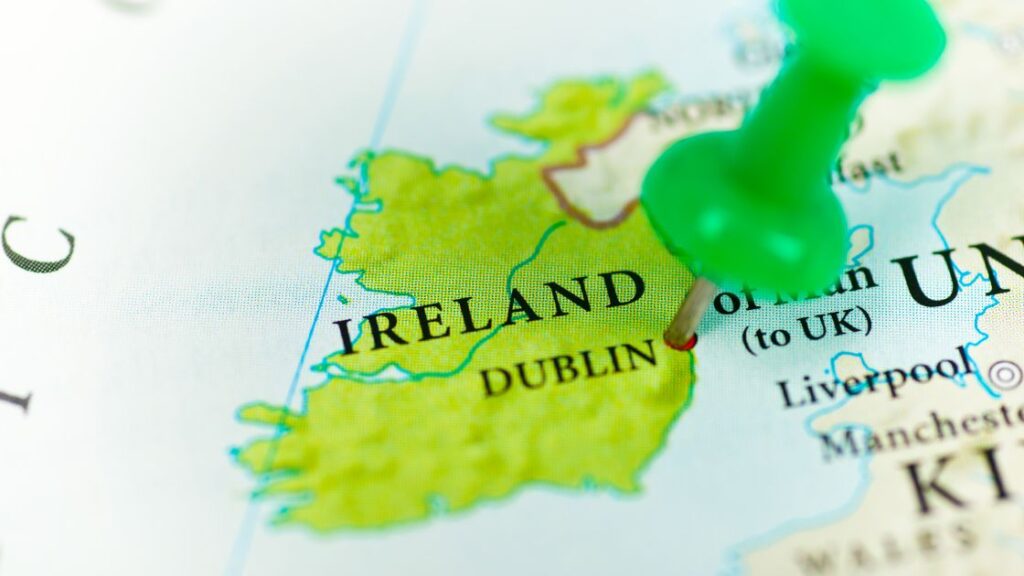Ireland is a land of breathtaking landscapes, deep history, and a rich cultural heritage. Irish landmarks range from ancient tombs older than the pyramids to stunning cliffs and medieval castles, each telling a unique story. Visiting these sites offers more than just picturesque views—it’s a journey into the heart of Ireland’s past.
For those with Irish ancestry, exploring these landmarks can create a deep emotional connection to their roots. Walking through the same sites where Irish kings ruled, monks illuminated manuscripts, and myths were born allows visitors to experience history firsthand. Whether you’re tracing your family lineage or simply immersing yourself in Irish culture, these landmarks offer an unforgettable experience.
Iconic Irish Landmarks and Their Cultural Significance
Newgrange
Newgrange is one of Ireland’s most extraordinary landmarks. This ancient passage tomb, built over 5,000 years ago, predates the Egyptian pyramids. It is part of the Brú na Bóinne complex and is famous for its winter solstice alignment. Each year, on December 21st, sunlight streams through the passage, illuminating the inner chamber in a breathtaking display of ancient engineering.
Irish mythology links Newgrange to the Tuatha Dé Danann, a mystical race of deities. Visiting this UNESCO World Heritage Site offers a glimpse into prehistoric Ireland and its advanced understanding of astronomy and spirituality.
Cliffs of Moher
The Cliffs of Moher are one of Ireland’s most famous natural landmarks, standing over 700 feet above the Atlantic Ocean. These towering cliffs have inspired legends, from tales of lost cities beneath the waves to stories of magical creatures.
The cliffs have also played a role in modern media, appearing in films like Harry Potter and the Half-Blood Prince. Whether you visit for the stunning scenery, the folklore, or the diverse birdlife, the Cliffs of Moher offer a magical experience.
Rock of Cashel
The Rock of Cashel, also known as St. Patrick’s Rock, was once the seat of Ireland’s kings. This striking medieval complex features a round tower, a cathedral, and the remarkable Cormac’s Chapel.
Historically, it was a site of religious and political power. Legend has it that St. Patrick converted King Aengus to Christianity here. The stunning architecture and historical significance make it a must-visit site for history enthusiasts.
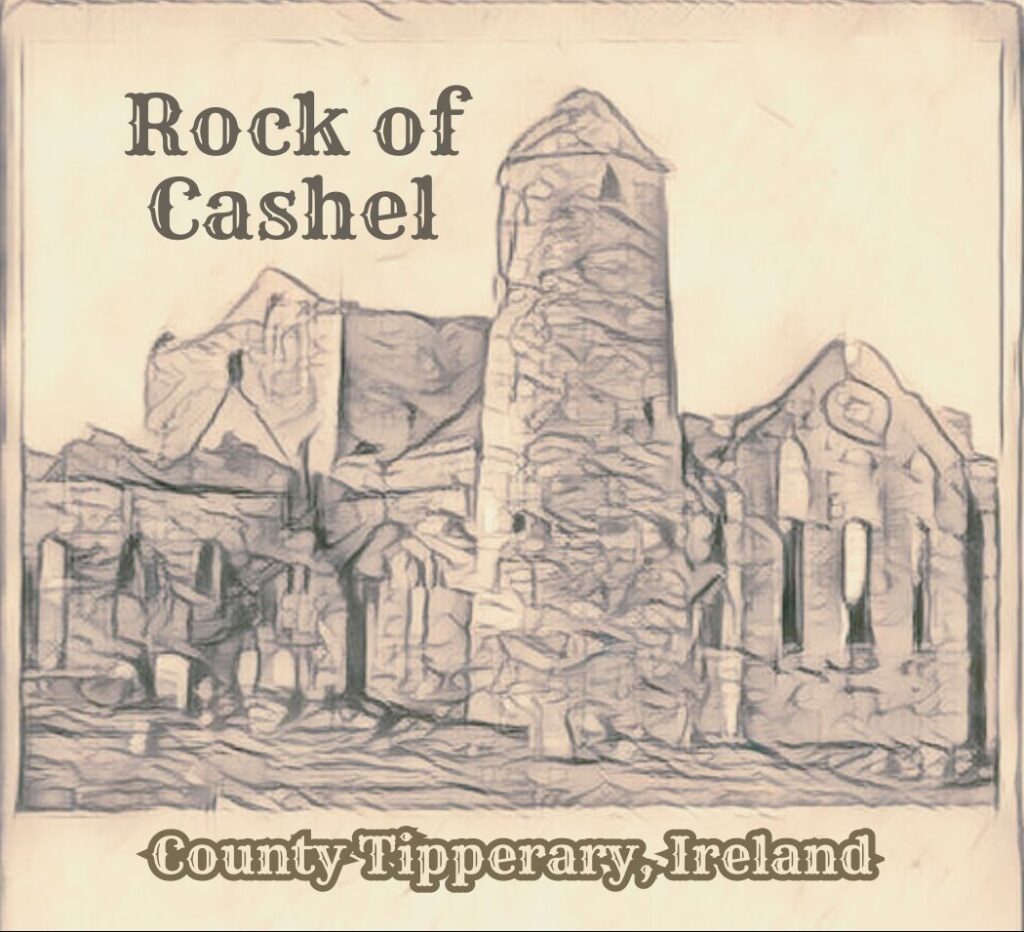
Blarney Castle and the Blarney Stone
Blarney Castle is famous worldwide for the Blarney Stone, which is said to grant the “gift of gab” to those who kiss it. The castle itself dates back to the 15th century and features beautiful gardens and mysterious underground tunnels.
For the best experience, visit early to avoid long lines. Climbing to the top requires some effort, but the reward—both the view and the gift of eloquence—is well worth it.
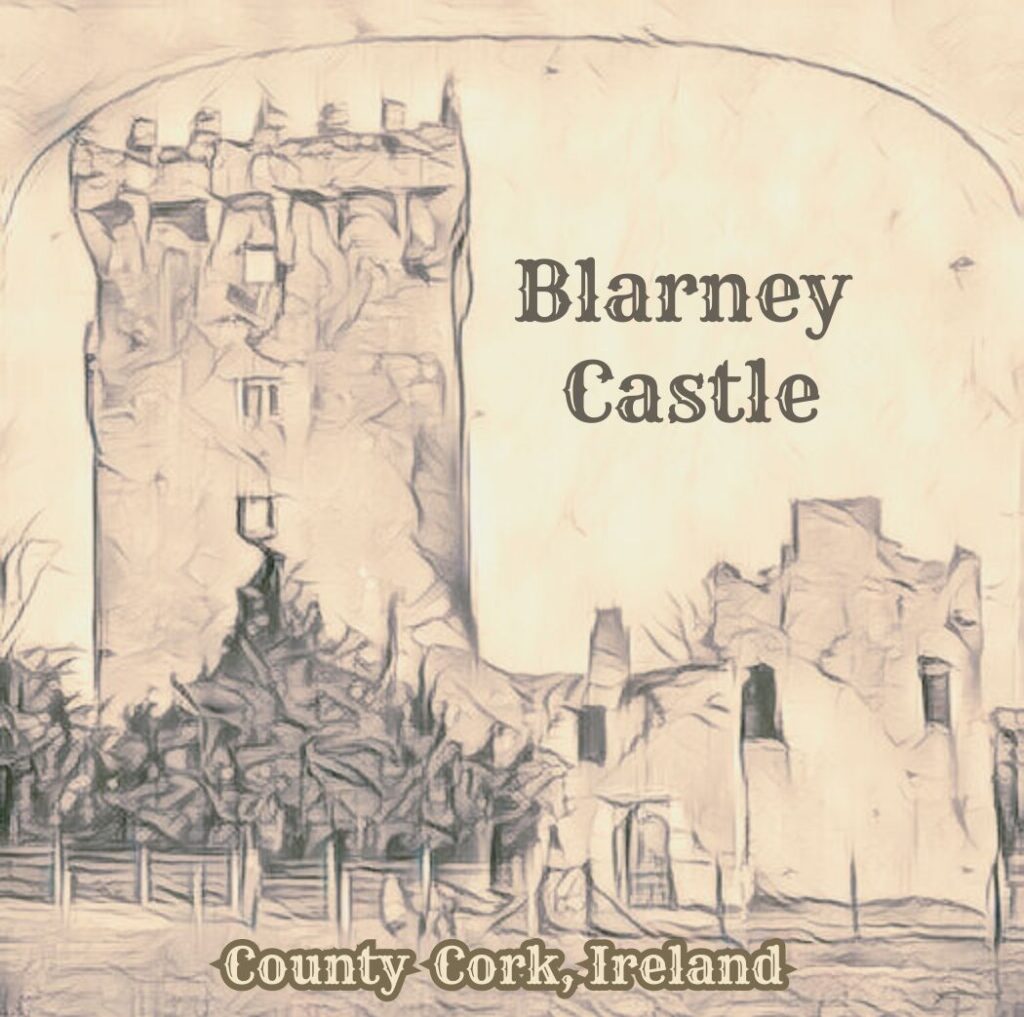
Trinity College and the Book of Kells
Trinity College in Dublin houses the world-renowned Book of Kells, an illuminated manuscript created by Irish monks around the 9th century. The intricate artwork and detailed calligraphy make it one of Ireland’s greatest cultural treasures.
The Long Room in the college’s library is equally breathtaking, with towering bookshelves and a sense of literary history. A visit here offers insight into Ireland’s rich literary and artistic traditions.
Lismore Castle
Lismore Castle, located in County Waterford, is a stunning example of medieval and Gothic Revival architecture. Originally built in the 12th century, it has been home to dukes and literary figures, including the famous poet and playwright Robert Boyle.
Today, Lismore Castle is known for its beautifully maintained gardens, art exhibitions, and breathtaking views of the Blackwater River. While the castle itself remains a private residence, visitors can explore its historic gardens and immerse themselves in centuries of Irish aristocratic history.

Hidden Gems – Lesser-Known Irish Heritage Sites
Glendalough Monastic Site
Nestled in the Wicklow Mountains, Glendalough is a serene monastic site founded by St. Kevin in the 6th century. The site features a round tower, ancient churches, and stunning lakes, making it a peaceful retreat with deep spiritual significance.
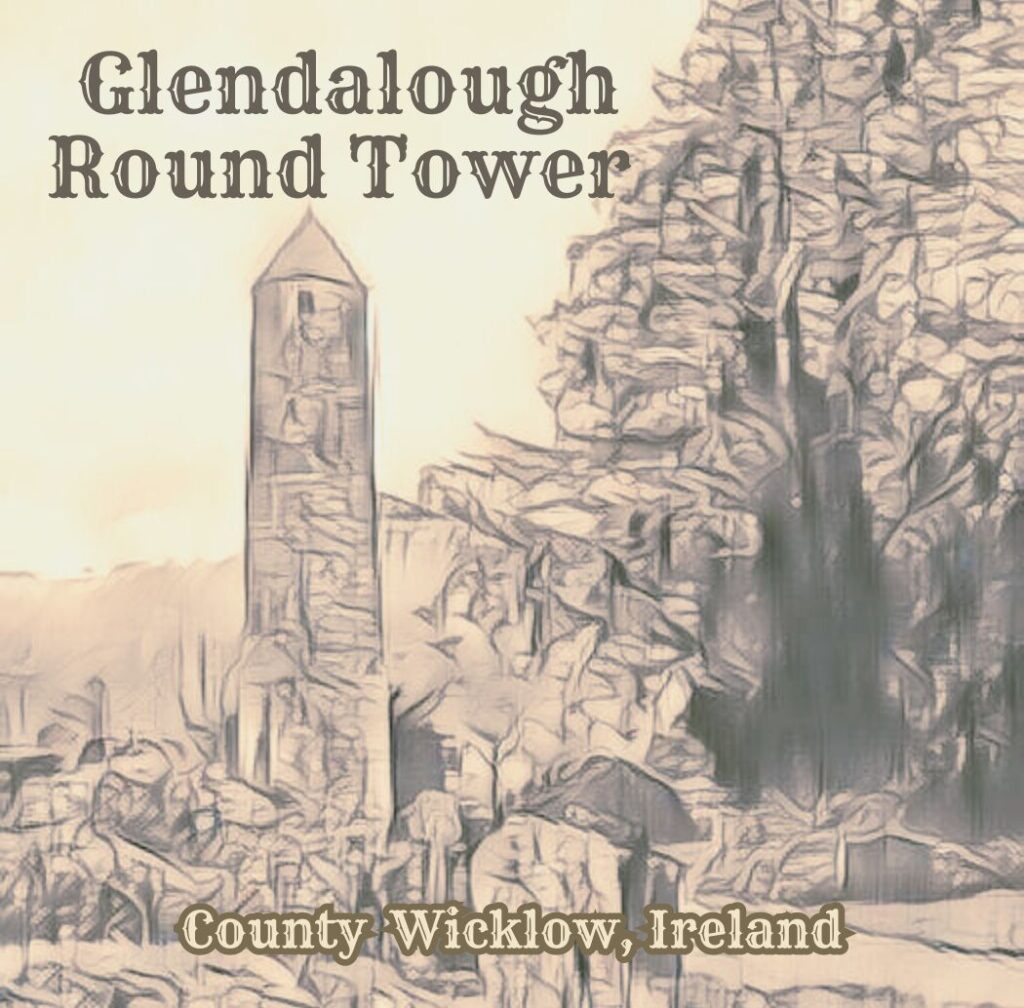
Dún Aonghasa on the Aran Islands
Perched on the edge of a cliff, Dún Aonghasa is a prehistoric fortress with breathtaking ocean views. Its origins date back over 3,000 years, making it one of Ireland’s most dramatic and mysterious heritage sites.
Cahir Castle
Cahir Castle is one of Ireland’s best-preserved medieval fortresses. Located in County Tipperary, it features defensive towers, a moat, and a rich history of battles and sieges. Visitors can explore the castle’s interiors and learn about its role in Ireland’s past.
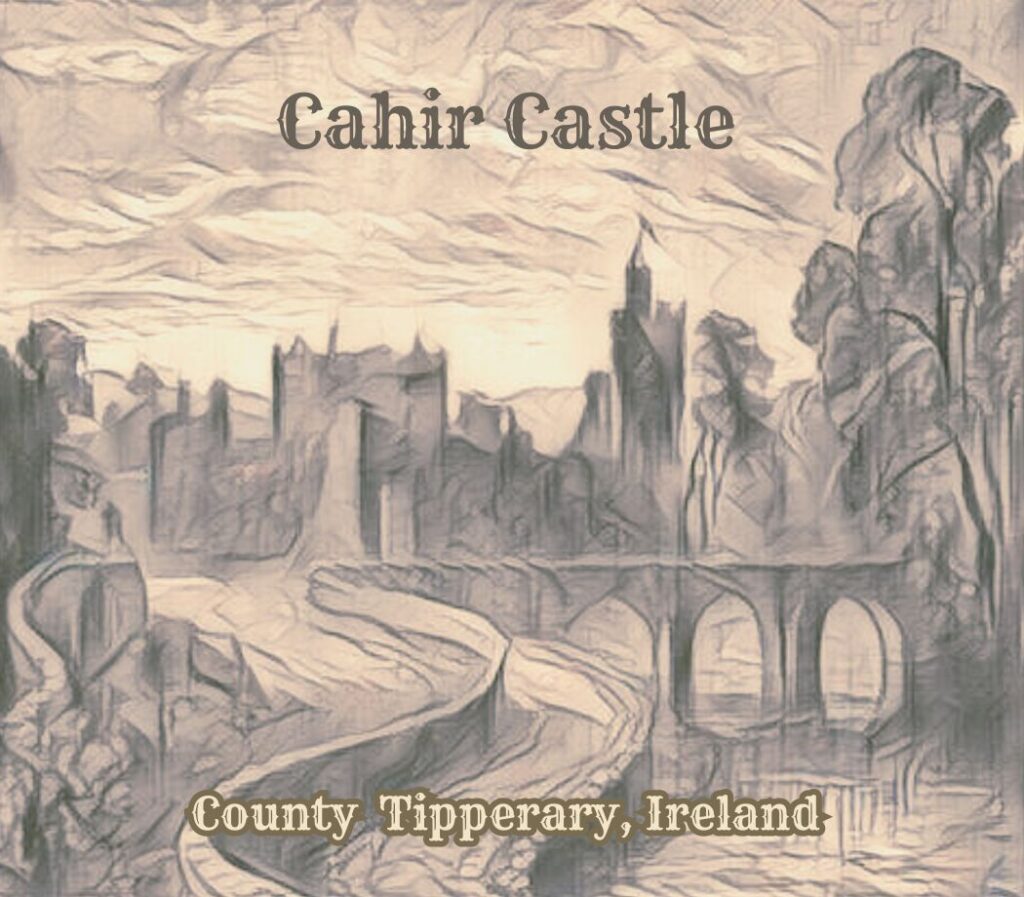
Kylemore Abbey
Kylemore Abbey is a stunning 19th-century estate surrounded by lush landscapes. Originally built as a private residence, it later became a Benedictine monastery. The Victorian walled garden and lakeside setting make it a picturesque destination.
Tips for Planning Your Irish Heritage Trip
Best Time to Visit
Spring (April to June) and autumn (September to October) offer mild weather and fewer crowds. Summer brings longer days but is busier, while winter offers a quieter experience with festive charm.
Must-Have Travel Essentials
Pack layers, as Irish weather can be unpredictable. Comfortable walking shoes are essential for exploring historic sites. Bring a rain jacket and a power adapter for UK/Ireland plugs.
Navigating Irish Culture and Etiquette
Respecting local customs enhances your experience. A friendly “hello” (Dia dhuit) goes a long way. When visiting heritage sites, follow guidelines to preserve their historical integrity.
Recommended Itineraries for Different Trip Lengths
- 3-Day Trip: Focus on Dublin (Trinity College, Guinness Storehouse) and a day trip to the Cliffs of Moher.
- 7-Day Trip: Include Newgrange, Rock of Cashel, Blarney Castle, and Galway.
- 14-Day Trip: Expand your journey to the Aran Islands, Dingle Peninsula, and Northern Ireland’s Giant’s Causeway.
Supporting Local Communities
Opt for locally owned accommodations and eateries. Supporting artisans, tour guides, and cultural centers helps preserve Ireland’s rich heritage.
Immersive Experiences Beyond Landmarks
Traditional Irish Music Sessions
Live music in pubs across Ireland offers an authentic cultural experience. Cities like Galway and Doolin are famous for their traditional music scenes.
Irish Genealogy Research Centers
If tracing Irish ancestry, visit research centers like the National Library of Ireland or the Irish Family History Centre for expert guidance.
Local Festivals and Cultural Events
Festivals like St. Patrick’s Day in Dublin, the Galway Arts Festival, and the Puck Fair offer lively celebrations of Irish heritage.
Food and Drink Experiences
Taste Ireland’s flavors with traditional dishes like Irish stew, soda bread, and seafood chowder. Don’t miss trying a pint of Guinness or a whiskey tasting tour.
Before You Go – Slang, Snacks, and Pitstops
Conclusion
Exploring Irish landmarks is more than a sightseeing trip—it’s an opportunity to connect with history, culture, and ancestry. From iconic sites to hidden gems, each location offers a unique glimpse into Ireland’s past.
Plan thoughtfully, embrace the culture, and immerse yourself in the experience. Whether it’s kissing the Blarney Stone, tracing your family tree, or enjoying a music session in a local pub, Ireland’s heritage will leave a lasting impression.
Have you explored Irish landmarks? Share your experiences in the comments! For more resources on planning your heritage trip, check out our recommended guides and travel tips.
Read our entire series on Irish culture!
Irish Cultural Symbols: Colorful Emblems of Ireland’s Rich Heritage


